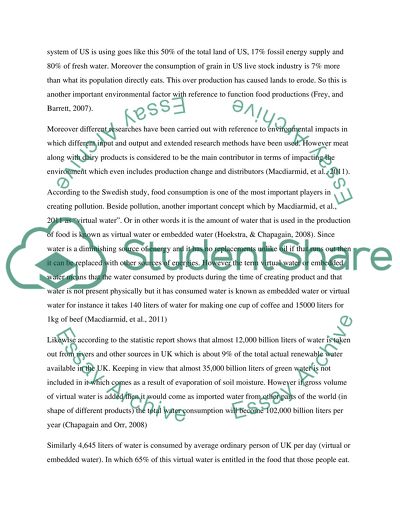Cite this document
(“Sustainability of functional foods Dissertation”, n.d.)
Retrieved from https://studentshare.org/environmental-studies/1401215-sustainability-of-functional-foods
Retrieved from https://studentshare.org/environmental-studies/1401215-sustainability-of-functional-foods
(Sustainability of Functional Foods Dissertation)
https://studentshare.org/environmental-studies/1401215-sustainability-of-functional-foods.
https://studentshare.org/environmental-studies/1401215-sustainability-of-functional-foods.
“Sustainability of Functional Foods Dissertation”, n.d. https://studentshare.org/environmental-studies/1401215-sustainability-of-functional-foods.


